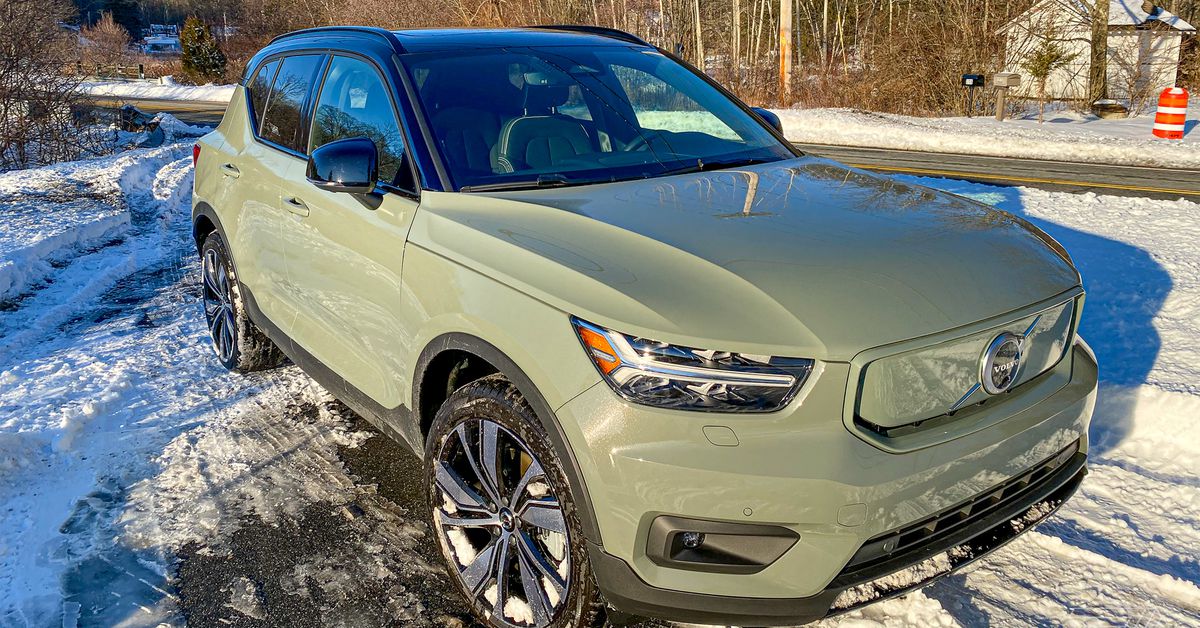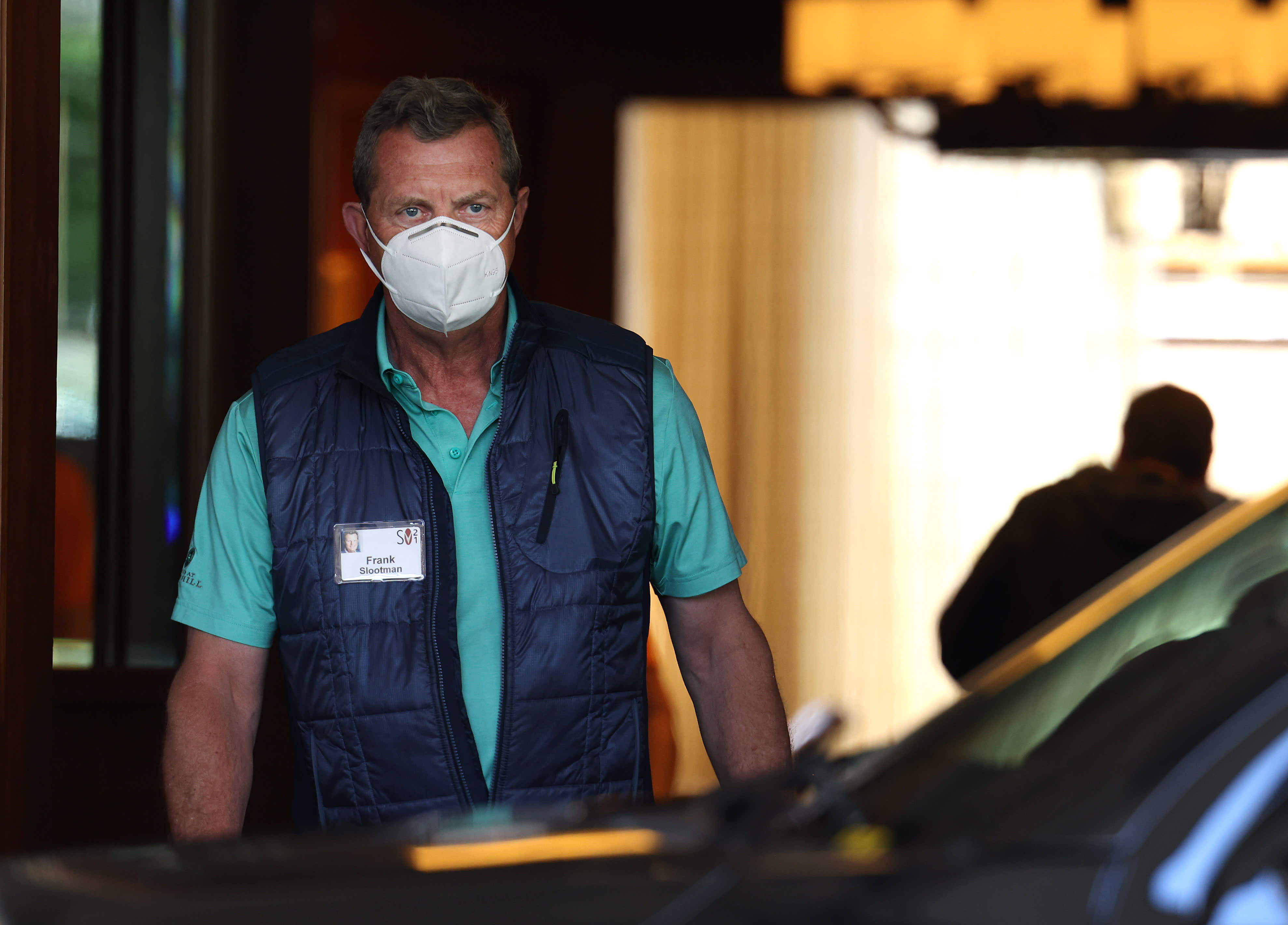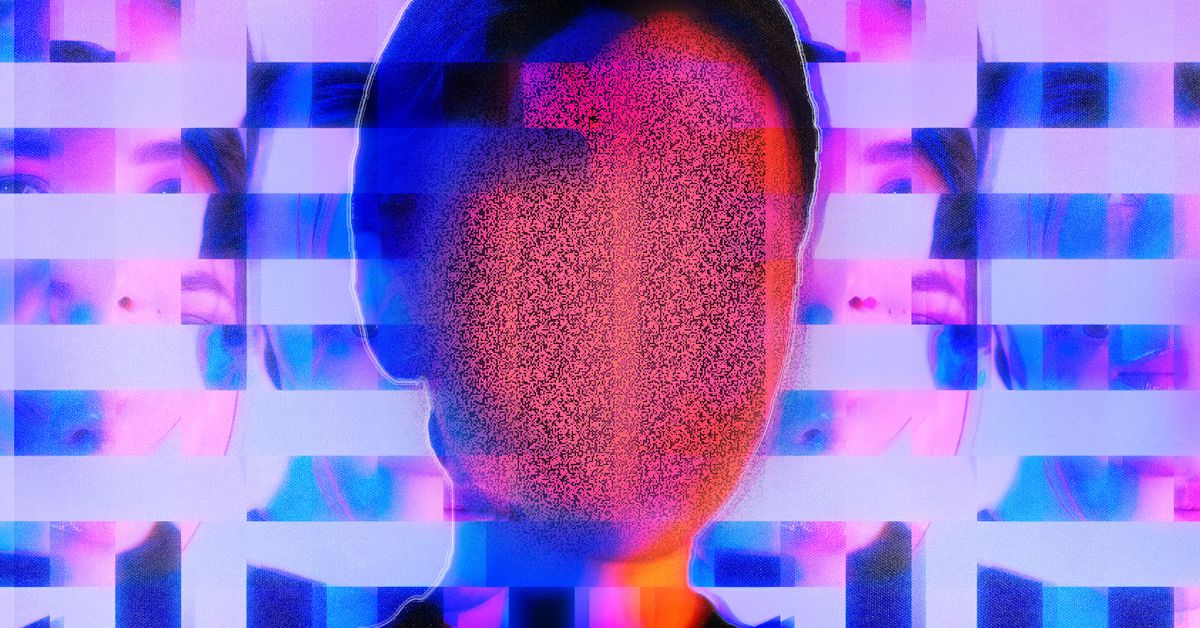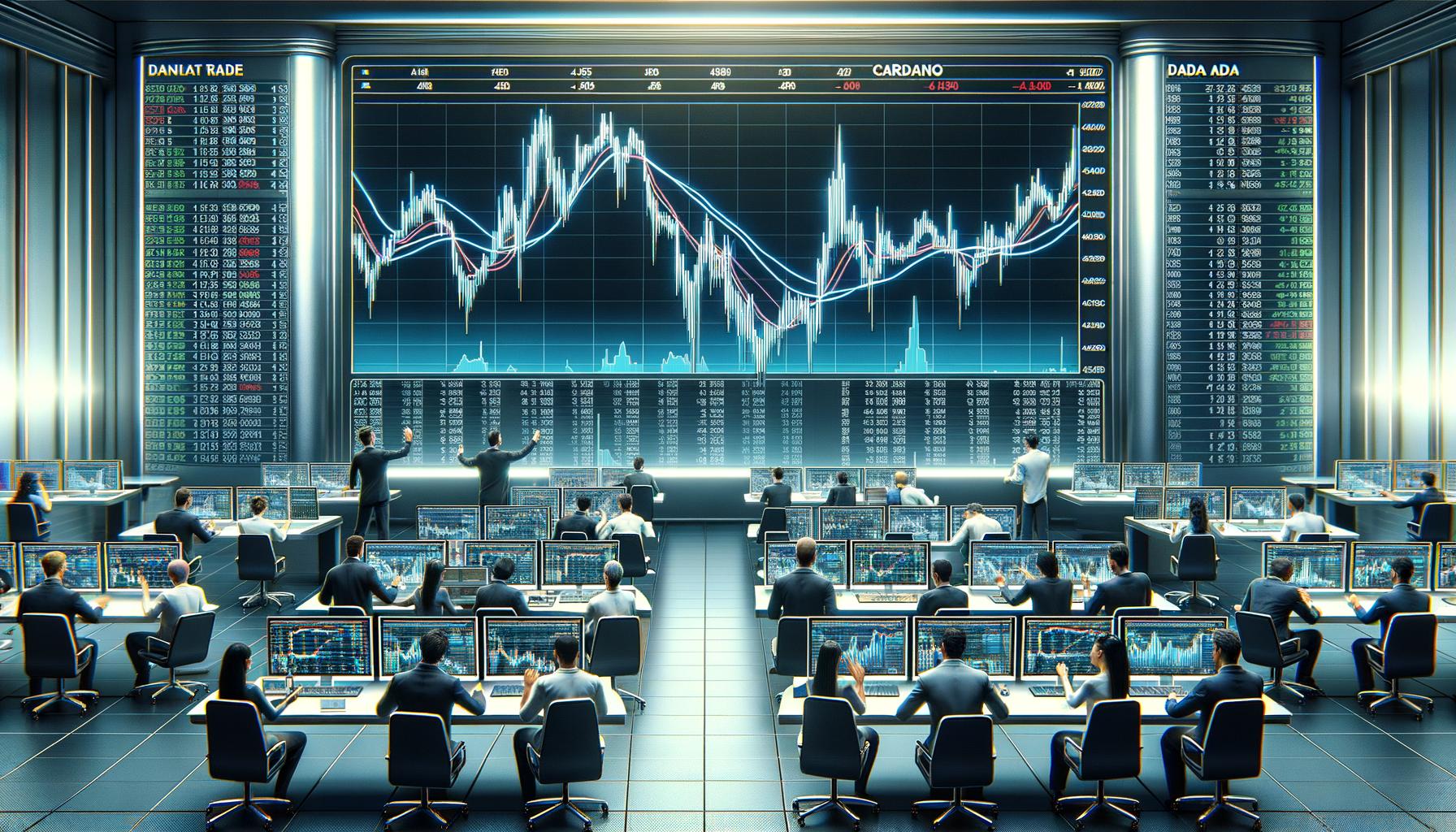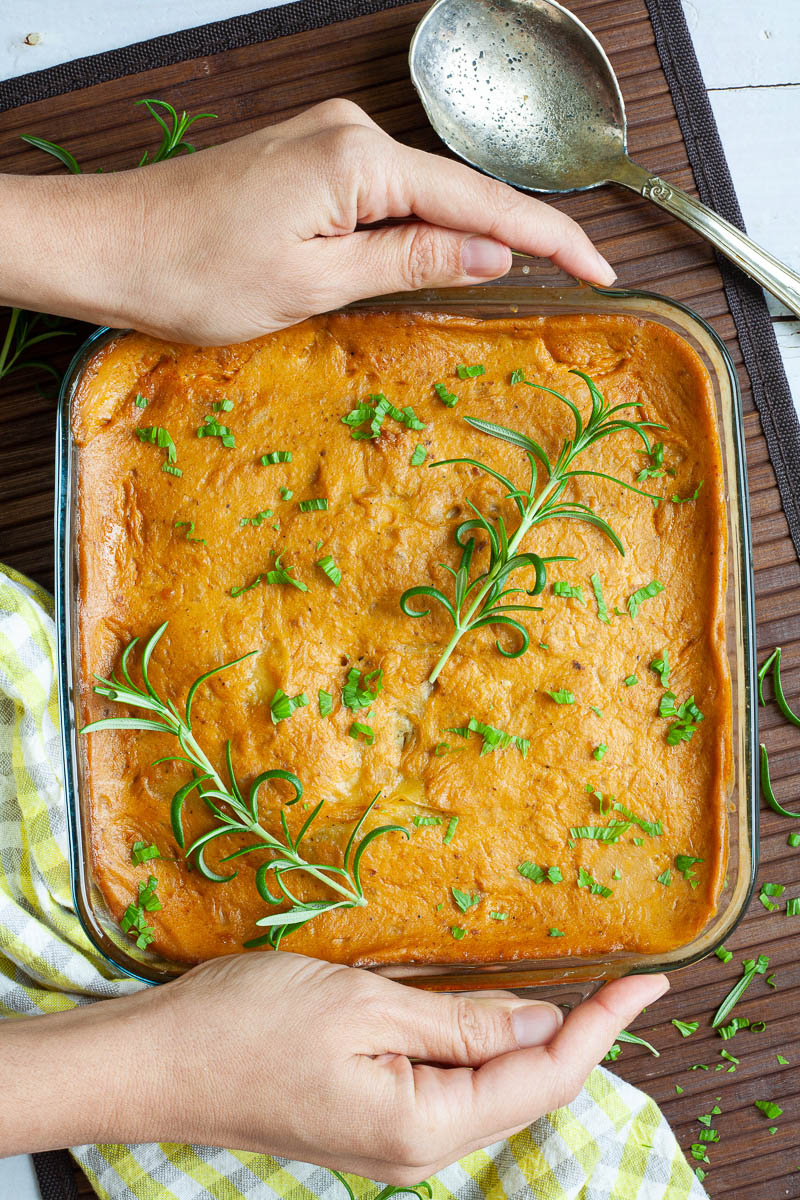Samba de Amigo just isn’t quite the same without maracas controllers
The cutely deranged monkey mascot is back, and this time, he’s dancing with Joy-Con-powered maracas. | Image: SegaThe halcyon days of plastic instrument controllers may be long gone, but there hasn’t been a moment in recent memory where I...
/cdn.vox-cdn.com/uploads/chorus_asset/file/24878333/samba_de_amigo_01.png)
The halcyon days of plastic instrument controllers may be long gone, but there hasn’t been a moment in recent memory where I yearned for it more than while playing Samba de Amigo: Party Central on the Nintendo Switch. The new music rhythm game from Sega launching August 29th ($39.99 standard edition / $49.99 deluxe edition) successfully resurrects the long-dormant quirky darling of the Dreamcast. But as fun as it is, I just can’t shake a strange feeling that something is missing — wait, I know exactly what it’s missing. It’s missing the joyous shake of real maracas in your hands.
Back when the first Samba de Amigo came out in 2000 on the Sega Dreamcast (after debuting in arcades in 1999), it was meant to be played with purpose-built maracas controllers. You stood above a sensor bar with two bright red wired maracas, dialed in your height so the sensors could best triangulate the positioning of the maracas, and shook them to the beat in high, mid, and low positions to match the on-screen prompts as balls reached a corresponding colored circle indicating when and where to shake — along with the occasional striking of a pose.
I know exactly what’s missing here — because I am old
Now, in 2023, with Samba de Amigo: Party Central, you just use a Joy-Con controller in each hand, and those high, mid, and low positions no longer rely on an external sensor bar but instead the built-in accelerometers and tilt angle. It’s simple and it works fine, but it also feels less precise.
Party Central wastes no time teaching you how to play and throws you right into its jukebox of songs. The tutorial is just a few on-screen graphics to show you how to shake high, mid, and low. The motions of the new maraca-like formula include an upright shake for the high position, a parallel to the ground shake for mid, and a downward shake for low. As for new ways to samba, there are now some Just Dance-like moves where you wave the Joy-Cons around to an on-screen flourish of a pattern or perform repeated actions like spins or fist pumps. It’s all fairly easy to learn, but you can notice a bit of the lackadaisical precision of the Joy-Cons when something as simple as a mid-level shake registers both a high and mid at the same time.
Image: Sega
While the elaborate old Dreamcast setup was not without its own sensitivity quirks, it remains a more engaging experience since you were playing with honest-to-goodness maracas that created their own sound. It felt ridiculous, and it certainly looked ridiculous, but a big part of the charm of playing the original Samba de Amigo and its sequel, Samba de Amigo Ver.2000, was hearing your maracas shake along to the music in real life — not just coming from your TV speakers like in the new version. I know I’m well into “old man yells at cloud” territory already, but I’m here to tell you that if you ever witness two people shake maracas side by side in front of a TV to a cartoon monkey, you’re experiencing something special.
The new installment of Samba de Amigo does capture some of that hilarious spirit but now with a small disconnect. In Party Central, you can customize the maraca shake sound coming from the game, changing it to all manner of sound effects that even include beloved Sega chirps like the sound of golden rings from Sonic The Hedgehog. But the Joy-Cons remain silent. The IRL maraca sounds of the originals weren’t just an entertaining gimmick, as they also kept you honest. You used to be able to hear when someone was really off the beat or when they were trying to cheese the game by frantically shaking their maracas in an attempt to get any beat to register. Imagine the raucous sounds as someone shamefully starts building up a sweat during what should have been a simple romp through Ricky Martin’s “The Cup of Life.” While, in the new game, you can violently shake the Joy-Cons to your heart’s content to slightly cheese your way through the songs, you can’t go full Swedish Chef to register all tilts of the shaking positions at the same time. You may pass the song but not with a remotely good score (and you’ll be very sweaty).
Thankfully, that Ricky Martin banger that was recorded for the 1998 FIFA World Cup is still here in Samba de Amigo: Party Central to satiate the nostalgia crowd. And so are a handful of other classics like “La Bamba” and even the freaking “Macarena” (albeit, covers). They’re matched in the 40-song playlist with various modern pop hits like “I love It” by Icona Pop and Charli XCX and “Bang Bang” by Jessie J, Ariana Grande, and Nicki Minaj. Overall, it’s a nice mix to try and capture the attention of different age groups, but by far the biggest highlights are some of the cross-pollinated Sega songs like “Escape From the City” of Sonic Adventure 2 fame (a song that should be in every music game, frankly).
Image: Sega
You might be surprised by how quickly you can burn through those 40 tracks, as some are tragically abridged versions that end too abruptly. Yet it’s unsurprising that Sega already has plans for DLC songs shortly after launch, like a K-pop pack due out in about a month. In fact, the first $4.99 three-pack of DLC songs will already be on sale when the game launches, alongside an upgradable deluxe edition of the game with some more Sega IP-infused songs and cosmetics. The original Samba de Amigo may have been birthed by Sonic Team, but in Party Central, Sonic and friends are more present than ever to further tug at your heartstrings (and wallet).
But while churning through the songs in the standard Rhythm Game mode is a fun way to spend a few hours, Samba de Amigo: Party Central does offer some extra offline and online modes to give the game a bit more legs. You can compete in the standard mode online with up to four people, take on some solo challenges, and pick from competitive, co-op, and minigame modes in a playlist built for two-player local play. Most of the extra modes are a worthwhile remix of the basic game, while some are likely destined to be short-lived novelties.
Image: Sega
The game mode I found most intriguing (with a touch of “how do you do, fellow kids?”) was the online battle royale mode called World Party. You’re matched with up to seven other players (and 12 bots) in a randomly selected three-song elimination “maraca off.” It’s a fun challenge that even includes weapons to launch at your opponents, with live performance rankings to show you in real time if you’re at risk of being knocked out. It leads to some tensely fun moments, like feeling the threat of elimination while you try to dance your way out of the hole as an opponent launches a power-up at you to speed up your song or remove some of your point-scoring circles.
World Party mode is a nice little melding of modern game mechanics with this 24-year-old music game formula, and it works well (though it’d be really handy to know which song is selected before you start your competitive sambaing).
Even if I personally wish more people could experience the new Samba with proper maracas controllers or some kind of Joy-Con attachment, I can see why Sega went the simpler route to keep costs down and appeal to more people and families. Party Central has everything you’d expect from a modern version of Samba de Amigo: new songs, new modes, online play, and more add-ons to come via DLC (for better and worse). But while it’s very close to nailing the original formula that made the Dreamcast darling so special, the change in controllers makes a big difference.
Samba de Amigo: Party Central is available on August 29th on the Nintendo Switch.
Update August 28th, 10:35AM ET: Added a mention of the number of bots in World Party mode.

 Tfoso
Tfoso 









